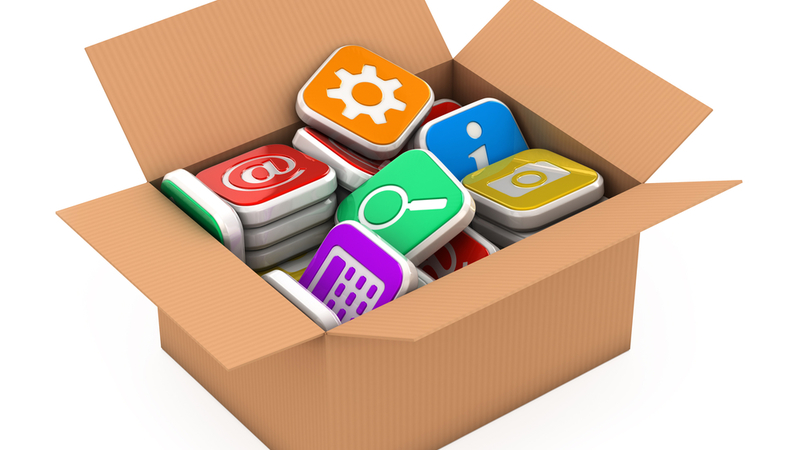There are many reasons that you can quickly hit your storage capacity on a device. Android devices are typically far better at utilising space than iPhones, generally because they support SD memory cards. What’s more, smartphones are becoming more and more expensive, whilst one of the easiest ways to cut costs is to opt for a smartphone model with a smaller storage capacity.
Additionally, applications are becoming faster, more responsive and having better user interfaces all the time, whilst cameras can take better-quality pictures than ever. The result of all these factors is that your phone – or tablet – can very quickly run out of space.
To help keep your Android storage space free for new applications and photos, we’ve put together a list of 5 tips that you can use to lighten the load when your phone or tablet is becoming saturated.
Back up your files and photos
One of the most space-consuming activities you can do on your smartphone is to take lots and lots of photos. This is something that many of our younger users or those with children can relate to. Fortunately, there’s a quick and effortless way to clear out those photos without losing them.
Locate the 'Google Photos' application that is typically pre-installed on all Android phones and tablets, and then tap on the menu icon at the top-left of your screen. Select the 'Free up space' option. Next, the application will synchronise your photographs to the Google Cloud, before recommending the deletion of those that have been backed up online.
Delete unused applications
Many of us have applications on our phones and tablets that are rarely – if ever – used. This is commonly the case with games that are downloaded on a whim, or applications for companies that we may use once and then never use again. It can be easy to forget to remove these applications once we're done using them. If you've not reviewed the list of applications on your phone recently, then you should do so.
All you need to do in this case is take a good look through the applications on your home screen(s). Once you've identified any applications that you are no longer interested in keeping, long-press the application and then drag it to the 'uninstall' option at the top of your screen. You'll need to confirm a final time, before the application is removed from your phone.
Empty the cache for your apps
Every phone and tablet has applications that are memory-hungry and will store information on your device. The data stored within these caches is used to improve application loading times and performance, but at the cost of sucking up storage space on your device. What's important is that you can still use these applications, even after deleting the data in your application caches.
Go to 'Settings' and then tap on 'Storage'. From here, tap on 'Internal shared storage'. Here, you'll be provided with a breakdown of the distribution of memory across your applications. You can choose to clear the cache for one application at a time if you so choose, but it's much easier to simply clear out the main cache, which will address all the applications at once. Scroll to the bottom of the menu, and then tap on 'Cached data'. You'll have to confirm a second time through a dialog box, but it's as simple as that.
Delete old and unused downloads
Unlike iPhones that have limited and specific types of storage space available, your Android device has a downloads folder that stores all the various files that you've downloaded online, or from messenger applications. Understandably, this folder can become packed with unwanted and old files over time, such as PDF forms, pictures, digital letters and more.
Fortunately, this folder can be cleared out as often as is required. Simply open the 'Downloads' application on your device, then long-press the file icon that you'd like to remove from your phone or tablet. When the small trash icon appears, tap on the icon to remove it.
Use Android 8’ s built-in feature
If you're one of the lucky few running a newer Samsung or Google device, then chances are that you also have the Android 8 operating system, otherwise known as Android Oreo. With Oreo, there's a straightforward option that will allow you to clear out space on your smartphone or tablet.
Open the 'Settings' application on your device, and then tap on the 'Storage' option. From here, it should be fairly evident that there's a 'Free Up Space' button near the top of the menu. If you tap on this, then your phone will be scanned for applications and other files that you haven't used for a while, which Android Oreo will suggest that you delete.
WiseGuys can help
If you need any more tips on maximising the space available to you, or you’re just looking for a new device with a greater level of storage space, then you can reach us on 0808 123 2820. We could also help you with a new, larger SD memory card for your Android smartphone.



Recent Comments